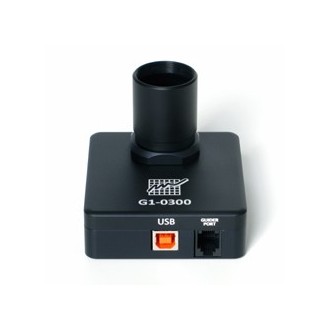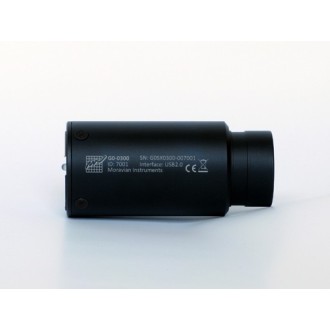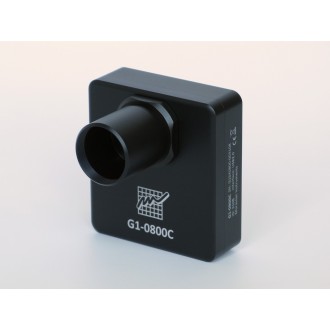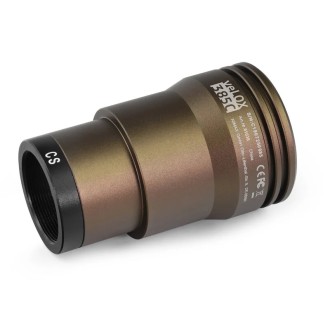Deliver it 16/23 days

PLAYER ONE monochrome Ceres-M USB3.0 guidance camera (AR0130)
PLAYER ONE monochrome planetary camera Ceres-M USB3.0 (AR0130)
The Player One Astronomy series of guidance cameras ,also known as the Dwarf Planet Series, is designed for guidance and imaging.
| Carrier | Description | Estimated Delivery | ||
|---|---|---|---|---|
 |
Home delivery - International | Home delivery - International |
Tuesday, 1er October - Tuesday, 8 October |
|

Home delivery - International
Home delivery - International
Estimated delivery:
Tuesday, 1er October - Tuesday, 8 October
The guide camera series Player One Astronomy,also known as Dwarf Planet SeriesIs designed for guiding and imaging.This series includes 3 subseries, Ceres, Sedna and Xena.
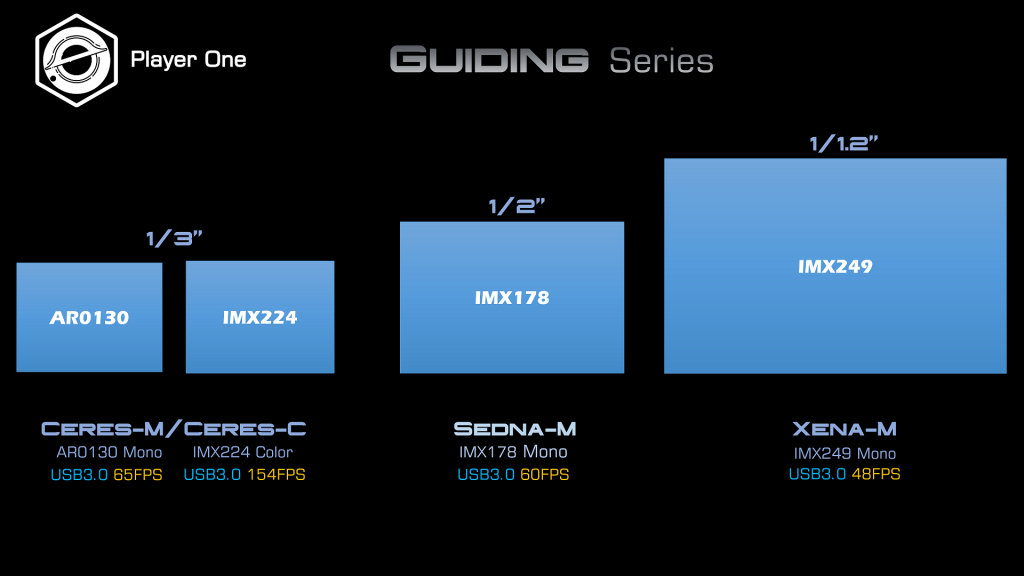
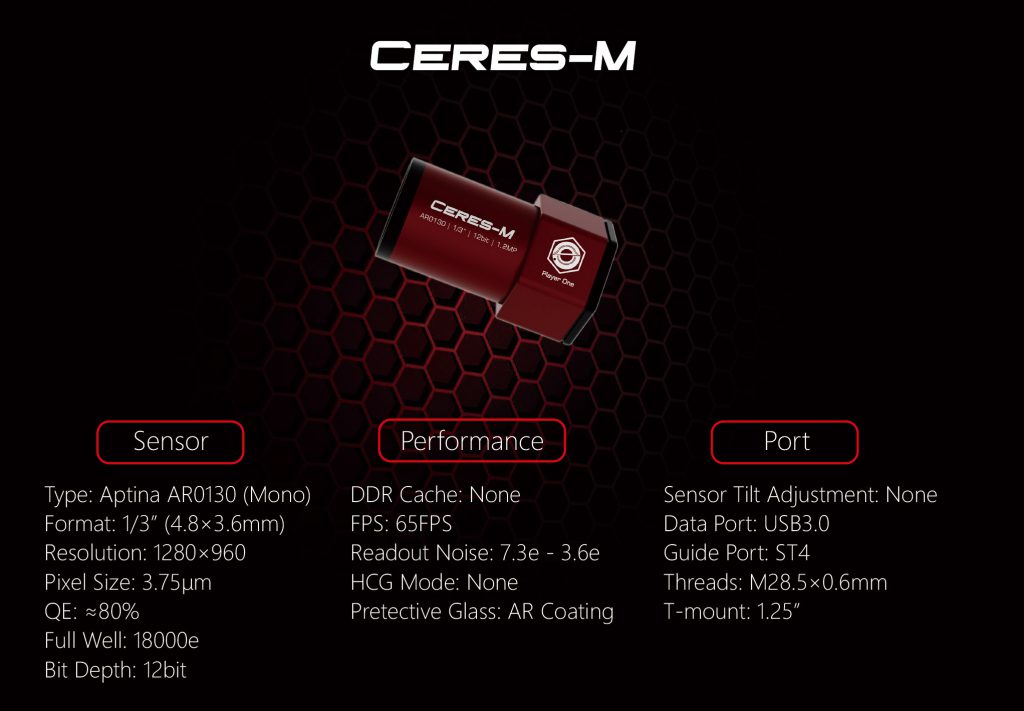
Ceres-M is a guidance camera developed by Player One Astronomy, which adopts theaptina AR0130 format of1/3" .Thepixel size3.75 um well depth supports a well depth of18keWith a total of1.2 MP(resolution is 1280*960)yThe diagonal is6 mm.
Data portIntegrated USB 3.0dwarf planet series(500 Mb/s) , which can provide moreof 10 times the speedThan the USB 2.0 device (60 Mb/s).Regardless of what you want to do, guide or generate images, this camera series can handle it very well.
The diameter of the dwarf planet camera is 1.25″, it can be slid into the 1.25″ mount of the guide telescope, making the entire configuration shorter.
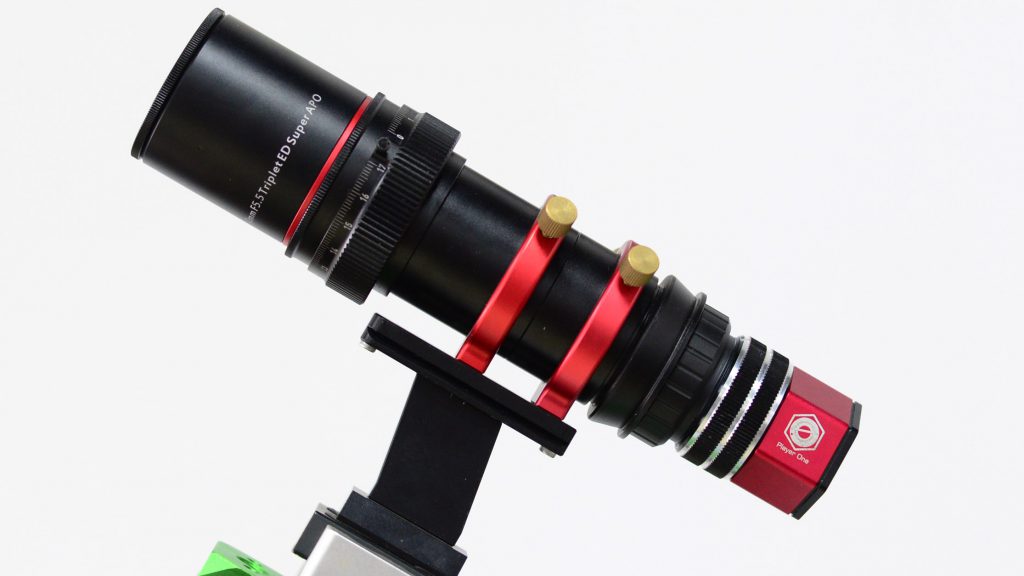
With a 5-100 mm CS lens attached to the camera, it can also be used as a guide or finder
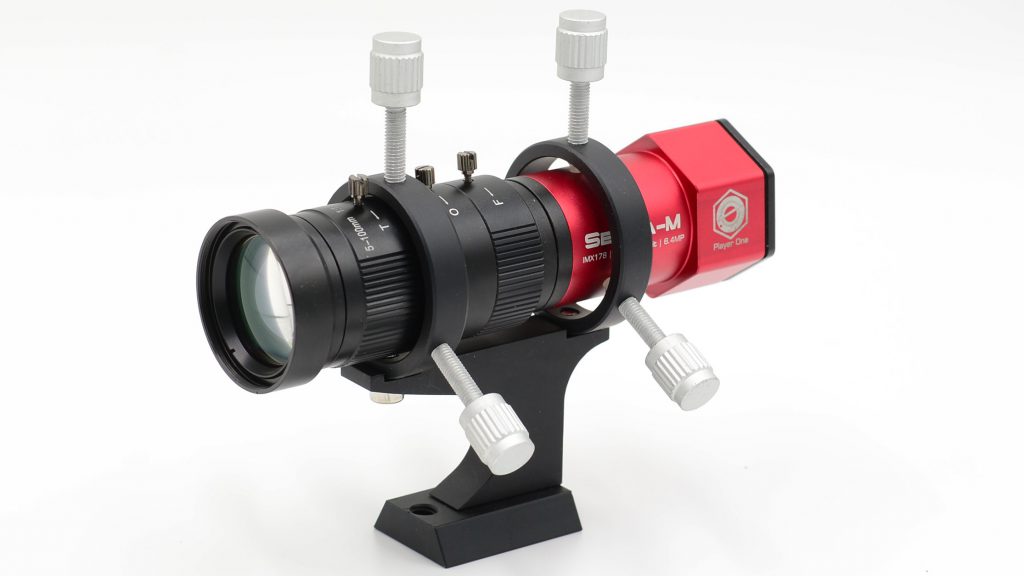
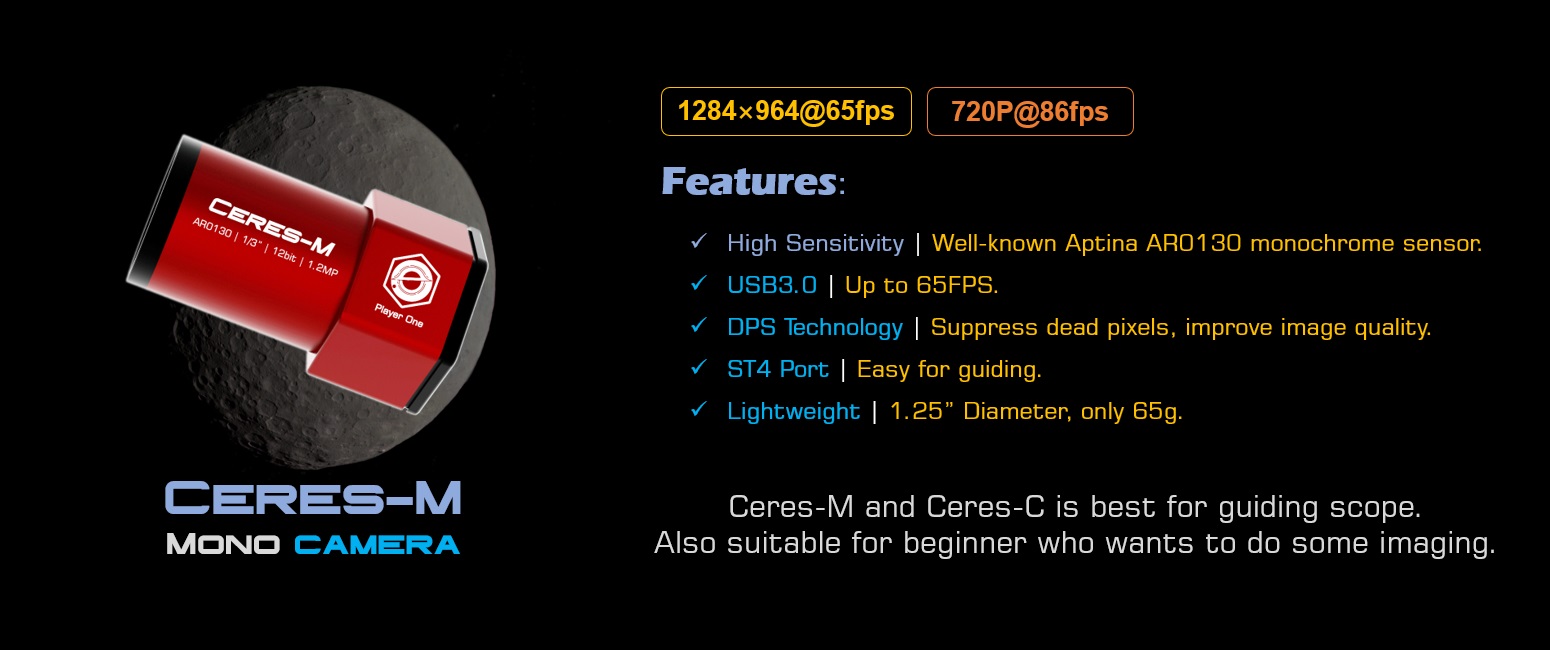
The name of the player one guidance chambers is interesting.The guide chamber is smaller than the planetary chamber, which is why we chose dwarf planets to name it.
The size of each dwarf planet to some extent represents the size of the camera sensors.We will name Ceres with a 1/3″ sensor camera, and for Xena, we will name her with a 1/1.2-inch sensor camera.All names will be engraved on the camera housing.
Download drivers and software:https://player-one-astronomy.com/service/software/
Download of manuals:https://player-one-astronomy.com/service/manuals/
The guide cameras developed by Player One Astronomy use a regular technological hexagon to build the main body line.
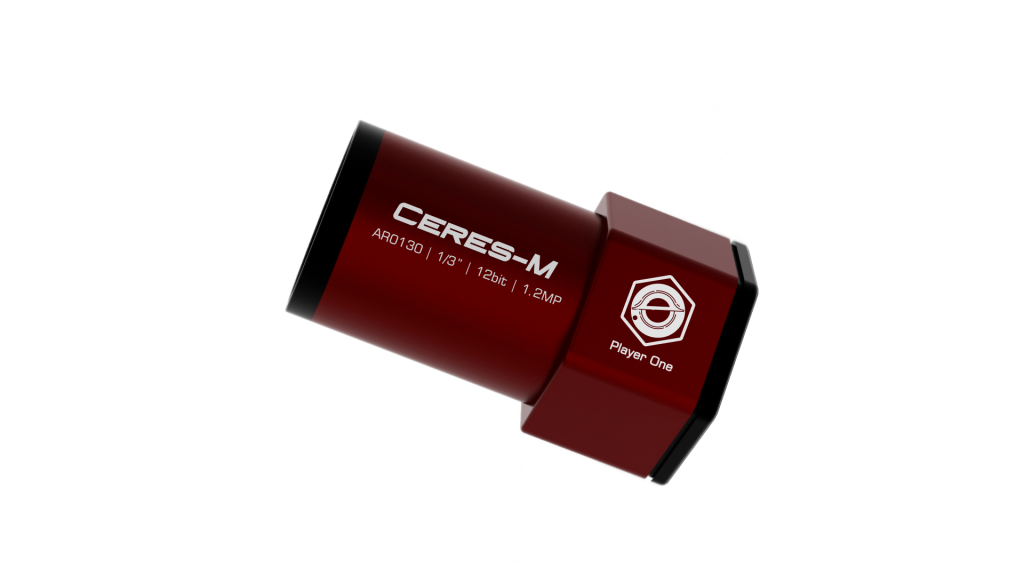
The guide chambers of Player One Astronomy have DPS (Dead Pixel Suppression) technology.The DPS analyzes many dark frames to discover the repaired abnormal pixels and record the map in the camera's memory.In image capture, each exposure frame, the position of dead pixels will receive an average value according to the active pixels around that abnormal pixel.

Player One cameras produced by Player One ensure the safety of your camera and other equipment through overvoltage and overcurrent protection mechanisms.
When the camera is connected to the USB3.0 interface and the full resolution preview is used, you can achieve the following results65 FPSIn RAW8 mode (10-bit ADC).When recording images, since the actual writing speed will be affected by the writing speed of the hard disk itself, when the writing speed of the hard disk is slow, the recording may not reach the theoretical speed.It is recommended that you use a high quality solid state drive to record data and take full advantage of the camera's performance.
Use the ST4 guide cable to connect the camera and the AUTO GUIDE port of the equatorial mount for guiding.
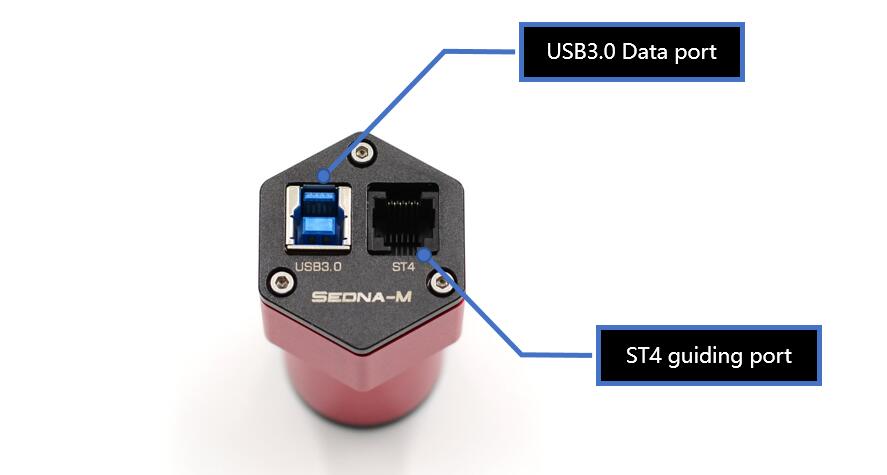
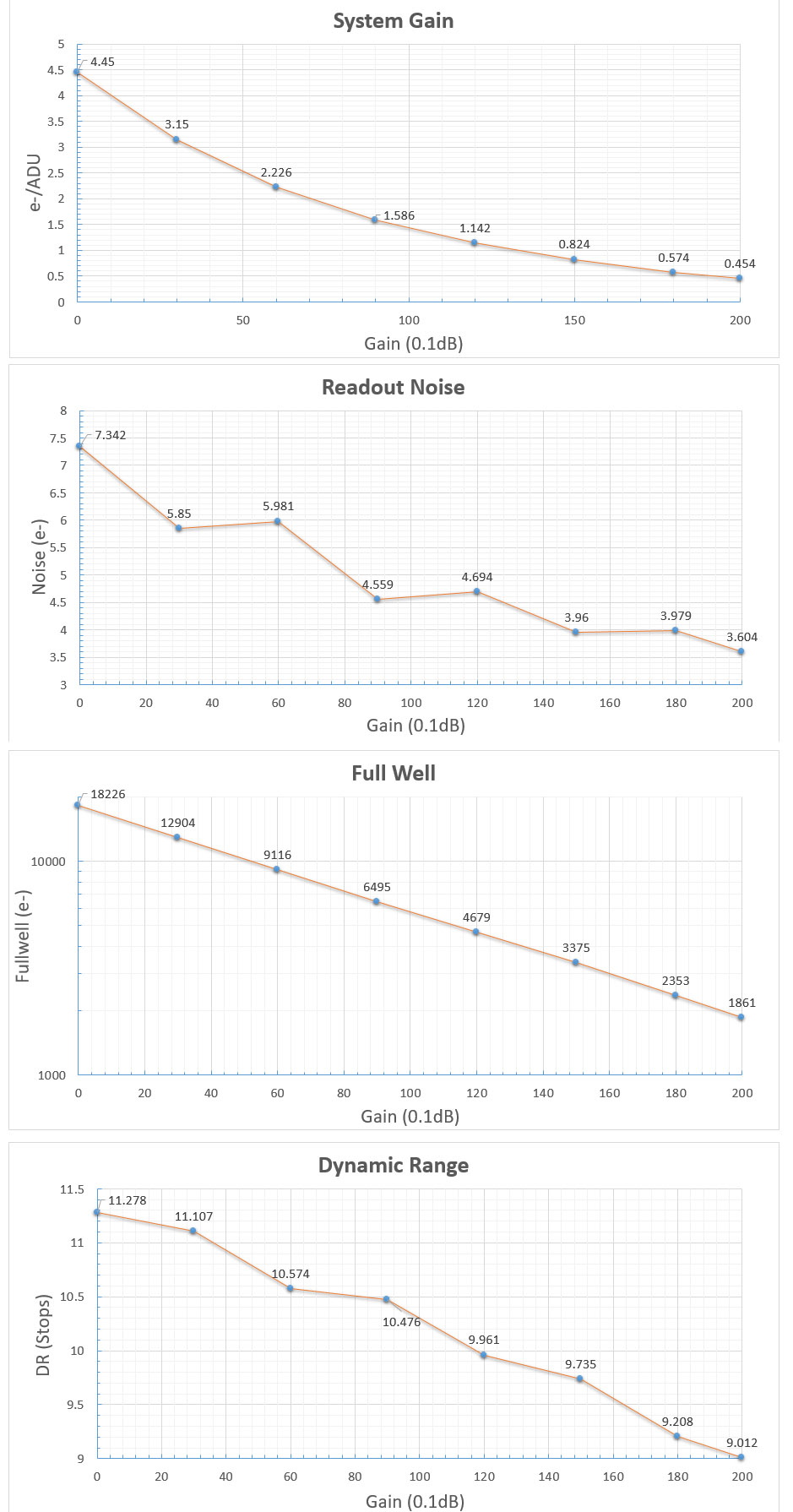
With respect to read noise, we solemnly promise that all values are obtained from real tests.And for users, you can use Sharpcap 4 for testing.SC4 has a function calledSensor analysisProvides a very simple way to test the reading noise.
We wrote a tutorial on our website:https://player-one-astronomy.com/service/manuals/
After many rigorous read noise tests, the Ceres-M camera can achieve a low read noise of 3.6e with a gain of 200.
If you are interested in the read noise test, you can try it yourself, which is very simple.
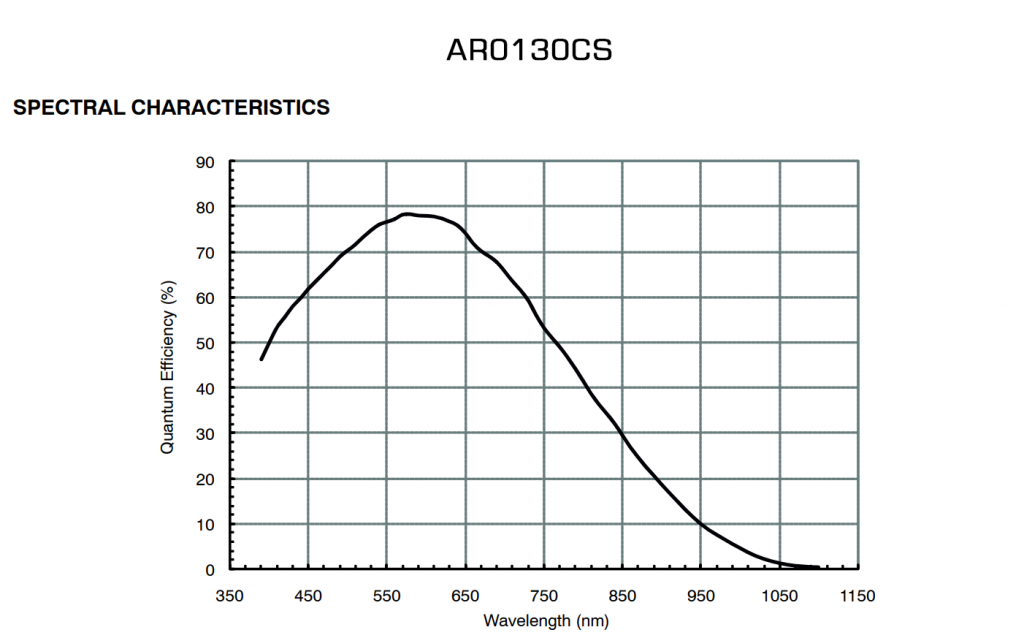
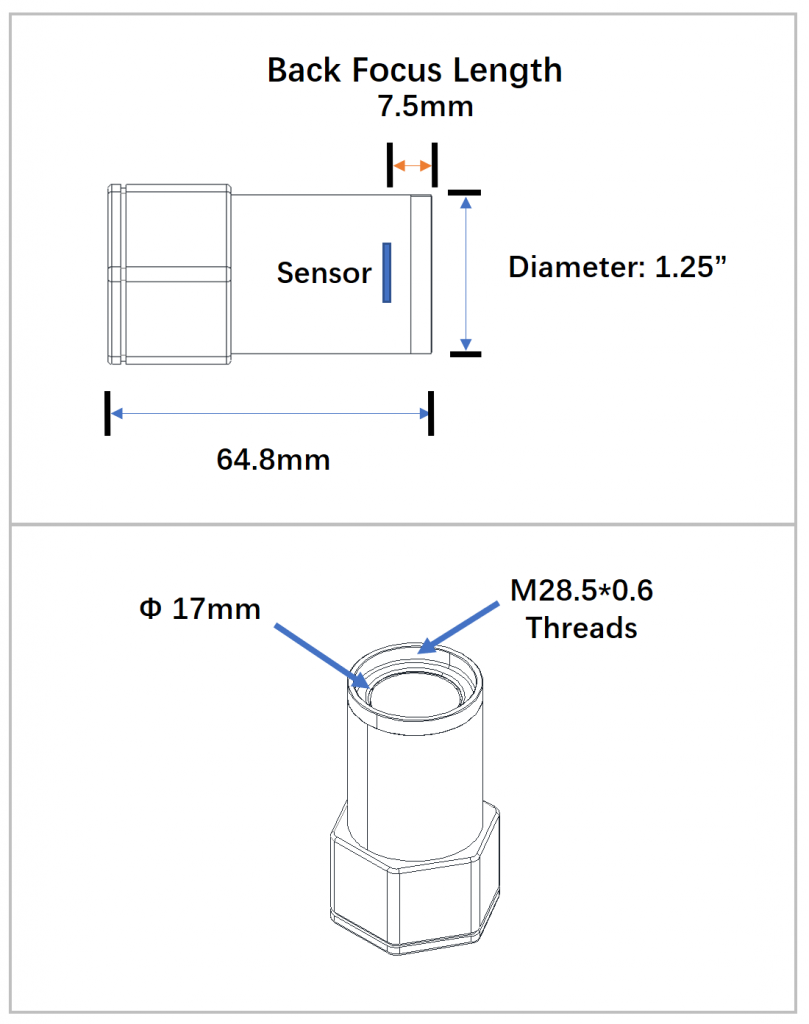

| Sensor |
Aptina AR0130 CMOS (Mono) |
|---|---|
| Diagonal |
6 mm |
| Total pixels |
1.2 megapixels |
| Maximum resolution |
1284×964 |
| Pixel size |
3.75 μm |
| Chip size |
4.8 × 3.6 mm |
| Frames per second |
65FPS (10 bits) |
| Shutter |
Shutter |
| Exposure range |
32μs-2000s |
| Reading noise |
7.3e - 3.6e |
| Peak QE |
≈80% |
| Completed |
18k e |
| ADC |
12 bits |
| Data port |
USB3.0/USB2.0 |
| Adapter |
1.25″ / M28.5X0.6 |
| Rear focal length |
7.5 mm |
| Protective window |
D21*1.1MM High quality AR Plus (Anti-reflection) Multilayer Coating |
| Diameter |
40 mm |
| Weight |
65g |
| Resolution and FPS |
In USB3.0 mode |













